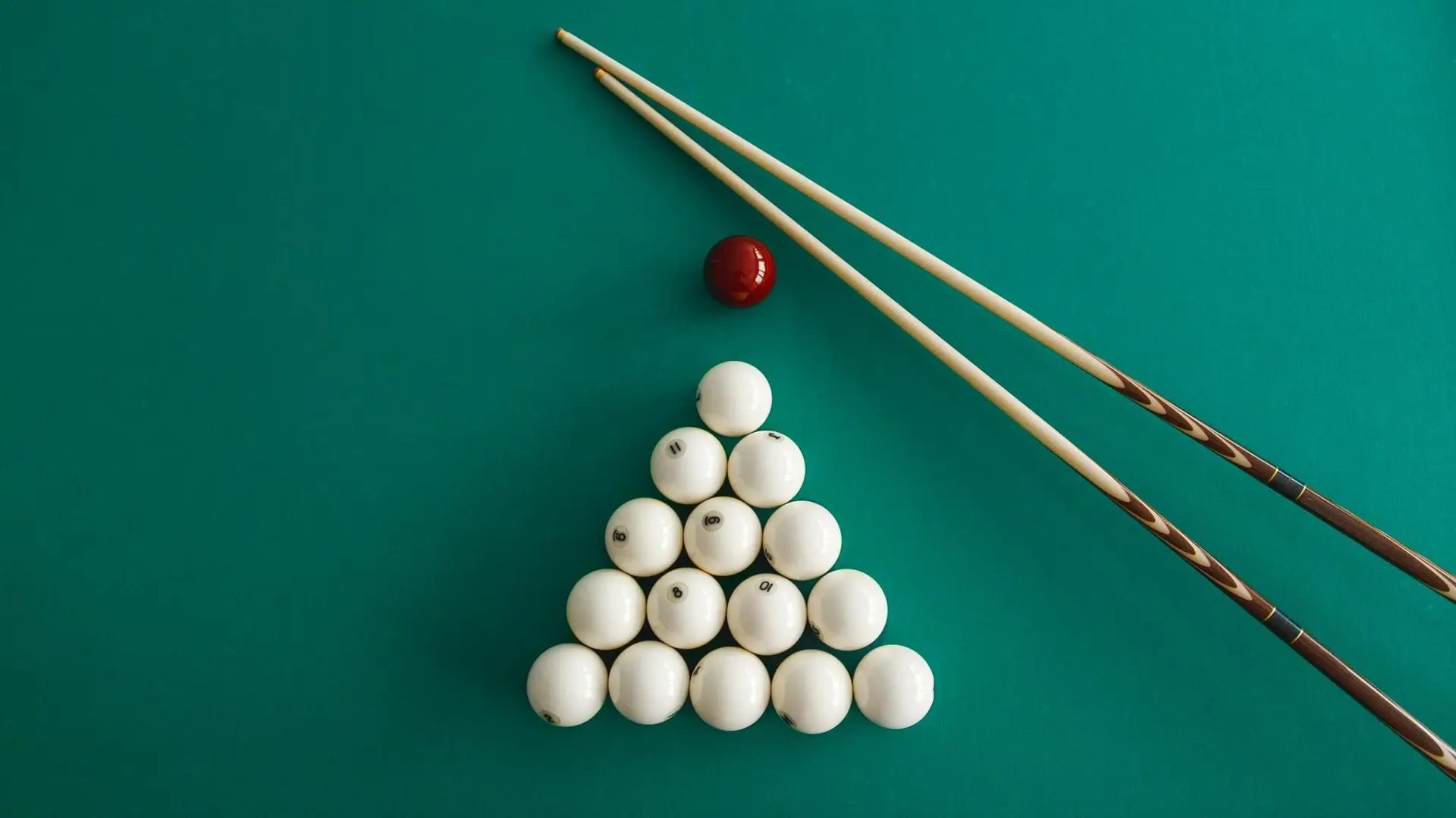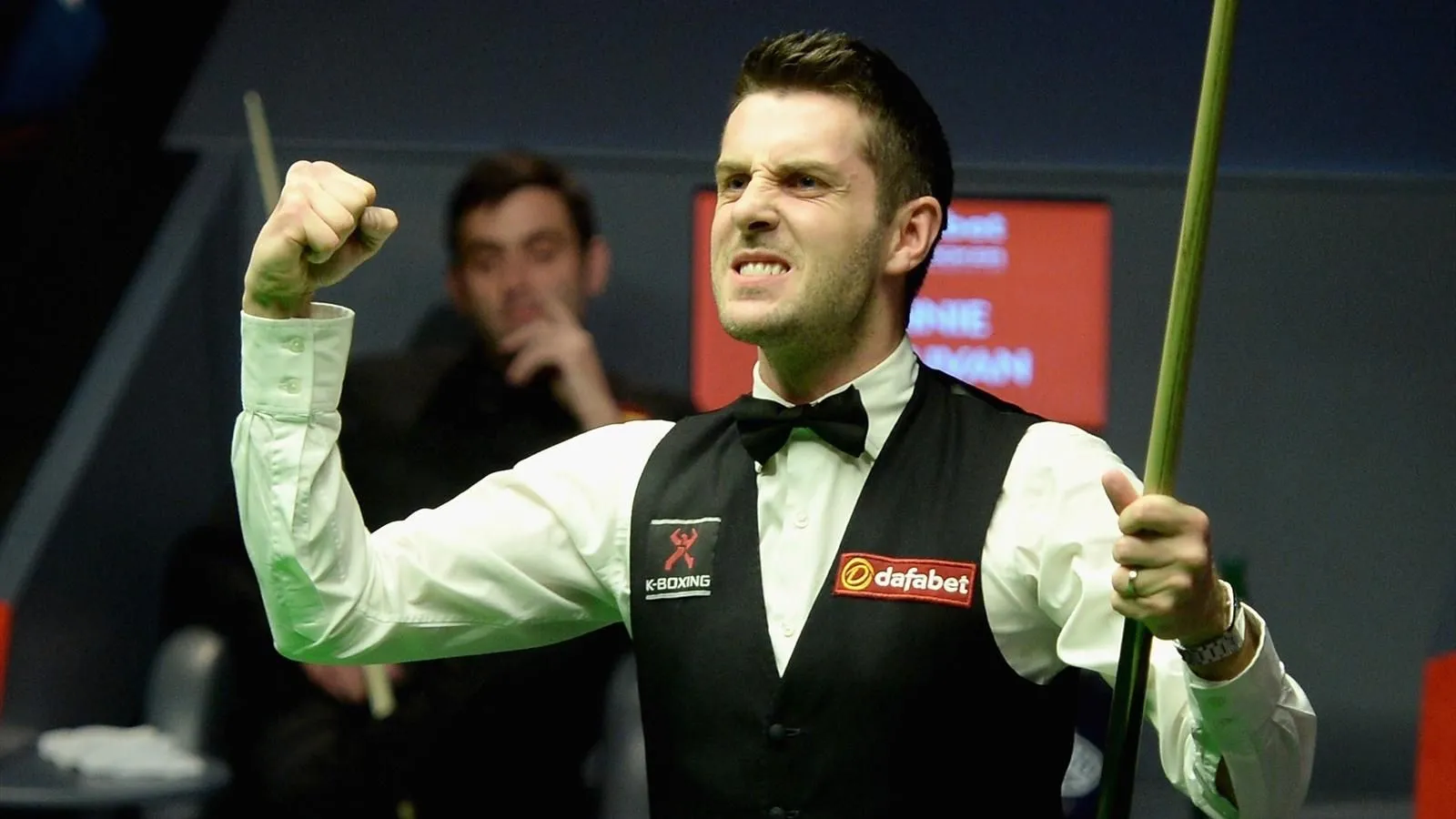Popular types of billiards have long gone beyond sports clubs. They cannot be confined to the boundaries of just one table, set of balls, or the geometry of shots. It is a cultural code with shades of British and Russian strictness, American boldness, and French mathematical precision. To understand it, you will have to delve into history, calculations, details, and strategies — with a dry residue, without any fluff.
Popular Types of Billiards: How History Influenced the Forms of the Game
Table sports were born not in a pub, but in the gardens of French nobility in the 15th century. Back then, shots were made with cues resembling hammers rather than the modern thin sticks. Over time, the rules changed, the table became internal, pockets were added, and billiard disciplines multiplied.

The variety did not appear on its own — it was forged by cultural and historical events. England, France, Russia, the USA — each country adapted the game to its own cultural and spatial peculiarities. This is how popular types of billiards emerged, differing in both the table format and the number of balls, pockets, cues, and even the philosophy of the game itself.
Russian Billiards: Strict Symmetry and Force Control
Russian billiards is not for haste. The table commands respect: 12 feet in length, minimal pockets, balls almost equal in diameter to the pockets. Their average weight is around 285 grams, diameter — 68 mm. It requires meticulous precision, minimal angles, and maximum concentration.
Pyramid, as the main format, is divided into several directions: free, Moscow, dynamic. Each variant changes the strategy, but the philosophy remains the same — not strength, but calculation.
Snooker: Chess-like Game on Green Baize
English billiards is the pride of Great Britain. Here, strategy, calculation, positional play dominate. The table is 12 feet, pockets are smaller, balls are lighter, only 22 in total. The main task is to pot red and colored balls alternately, scoring points.
Professional snooker tournaments regularly attract millions of viewers. Unlike Russian billiards, the winner here is not the one who “pots all” first, but the one who scores more points in a series. One match can last for hours, and the record break of 147 points has become a symbol of a perfect game.
American Pool: Dynamics, Thrill, and Commerce
American billiards, or pool, has captured the world due to its accessibility. A shorter table (8–9 feet), larger pockets, balls with a diameter of 57 mm. Popular disciplines include eight-ball, nine-ball, ten-ball. Each has its own rules and features.
For example, in “nine-ball,” players pot balls in order from 1 to 9, using combo shots. The average game lasts 5–7 minutes, which is ideal for television format and a thrill-seeking audience. Here, aggression, calculation, and boldness are valued.
French Carom: Geometry Without Pockets
Carom breaks the pattern of familiar perception. No pockets. Only three balls on a smooth surface, and the task is to hit the other two balls with a rebound. But behind this simplicity lies logic, precision, visualization of trajectories, and mathematical thinking.
French billiards exists in three forms: straight rail, cushion carom, and three-cushion carom. The latter requires the ball to make three rebounds off the cushions before contact. This turns the game into a symphony of angles.
English Tradition: Playing on Baize as Heritage
English billiards combines elements of snooker and carom. Played on the same table as snooker, with three balls: red and one for each player. Pockets are used, but the focus is not just on potting but on precision in positioning, escape, and position control.
Official rules include over 40 combinations. Points are awarded for each action — cannon, pot, in-off. This variety was formed in the 19th century and still requires high concentration and intellect.
Equipment: Not Just a Table, but a Precise Tool
Popular types of billiards also include equipment culture.
Professional tables are made of 45 mm slate. They are covered with green or blue baize capable of withstanding thousands of shots. The angles of the tables and the parameters of the pockets define the rules of each variety.
Cues are like an extension of the hand. For the Russian version of the game — length 160 cm, weight around 700 g. In snooker — cues are lighter and shorter.
Balls differ in diameter, weight, and coating. For carom, they are made of phenol-aldehyde, capable of withstanding tens of thousands of collisions.
Popular Types of Billiards: Rules and Structure
The rules of billiard games set the rhythm of each match, shaping the unique mechanics of each game. The most famous formats of playing on baize — are not just variations, but independent universes where style is born not in improvisation but in adhering to precise algorithms. In pool — it’s a bet on impulse and decision flexibility, snooker requires long-term strategy and mathematical coolness. The Russian format emphasizes control and technical mastery, while carom focuses on visualization, calculation, and logical thinking. The English variant, as a symbiosis of classics, balances between point, line, and series.
The differences are manifested in details:

- Russian Billiards — 16 heavy balls, 12-foot table, narrow pockets, the main system — pyramid, where precision is more important than strength.
- Snooker — 22 balls, complex scoring system, series matches, positional play plays a key role.
- Pool — compact table (8–9 feet), 57 mm balls, high dynamics, intuitive rules.
- Carom — no pockets, only three balls, the goal is to make contact with both balls through rebounds.
- English Billiards — playing with three balls with the possibility of carom, potting, and contacts, precise calculation of points, high variability.
Such varieties of billiards develop different skills: from visual-spatial thinking to emotional self-control. Each format shapes its own dynamics and requires deep adaptation to the rules, tables, balls, and cues.
Conclusion
Popular types of billiards have long transcended mere entertainment. These formats have become independent disciplines with international regulations, professional leagues, and philosophy. Each variant is like a language: it requires mastering, attention to detail, and practice. Regardless of the format — snooker, pool, Russian, or French billiards — the player is always working on precision, calculation, and tactics.
 en
en  ru
ru  de
de  ar
ar  es
es  nl
nl  hi
hi  fr
fr  it
it  pt
pt  el
el 



